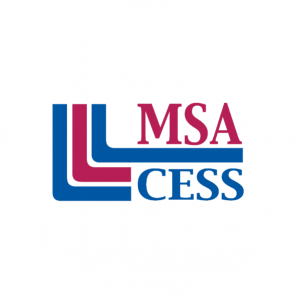Clonlara School students have autonomy to learn however they learn best. This kind of freedom can be powerful for young learners, but it also requires them to develop efficient organizational skills early on.
Because every learner is different, it is important for students to find what works best for them. By high school, most will have heard that developing a work routine, working in a decluttered space, and using a planner will help tremendously in staying organized, but they may not be familiar with the magic of “Kanban boards” and “bullet journaling.” These organizational tools can be game changers for students.
Kanban Boards
Kanban boards are useful for personal organization as well as group task completion at any age. Clonlara students often use them to manage projects and stay organized. The task cards are tangible objects students can physically manipulate, and the boards are easy to set up. All you need is a blank surface for making the chart and some Post-it Notes.
“Kanban,” meaning signboard in Japanese, was invented in the late 1940s by Taiichi Ohno, an industrial engineer at Toyota. The system helped the company complete large-scale projects by breaking them down into individual tasks. For example, if they needed to make more of a specific part, they would put a card with the name of the part on the Kanban. The Kanban system can take on many different shapes, forms, and colors allowing for a high volume of tasks to be completed by thousands of people working together, however, it still maintains its simplicity.
A basic Kanban board will essentially have three columns: To Do, Doing, and Done. As students start their day or week, they populate the To Do column with a single Post-it for each task. When they are ready to start a task, they peel it off the To Do column and stick it in the Doing column. Once the task is finished, it goes in the Done column.
Bullet Journaling
Another strong organizational tool for students to have in their toolbox is a planner of some sort. There are all different kinds of planners, so it is important for individuals to find what works for them.
Bullet journaling has become a buzzword in personal organization and may be worth checking out. A bullet journal is a place to dump all brainstorming, jot down notes from lectures, and keep track of appointments in a coherent way. Ryder Carroll, the creator of bullet journaling, describes it as a tool “to help you track the past, organize the present, and plan for the future.” There are many online resources, like this bullet journaling tutorial (PDF), to help students get started with this method of organization.
Final Thought
Getting organized can help reduce stress and increase productivity, but complicated organizational systems can have the opposite effect, so keep it simple. If a certain tool or method does not work for your student, it’s OK for them to move on to something else that is better suited to their learning style.
Do you have any tips for staying organized? Please share your or your student’s preferred methods below.







